By Daniel Brett, Chairman of the British Ahwazi Friendship Society
The choking orange smog that routinely descends on Ahwaz City is familiar to its inhabitants whose quality of life 
and longevity are under attack from the noxious fumes of unbridled industrial development.
In terms of suffocating air pollution, Ahwaz outstrips Beijing and Delhi by a long stretch, according to the latest findings of the World Health Organisation (WHO).
Ahwaz City’s measure of air-born particulate matter (PM10) is 372 ug/m3, which is a third more than the world’s second-most polluted city, Mongolia’s capital Ulaanbaatar and the only city in the world where average PM10 levels rise above 300 ug/m3.
The astonishing level of air pollution has taken its toll on the local population, which mostly belongs to the persecuted Ahwazi Arab ethnic group. Life expectancy is the lowest in Iran and residents suffer high levels of respiratory problems and cancer.
Ahwaz City’s PM10 levels are the highest in the world
© Ahwaz News Agency
The Iranian government has sought to blame its arch-enemy the United States for the pollution, claiming that the toxic dust is the result of the use of depleted uranium bombs that were dropped during the Iraq War. However, nearby Kuwait City and Bushehr have PM10 levels far below Ahwaz City and none of the respiratory illnesses suffered by the inhabitants of the Al-Ahwaz region. Ahwaz City has by far the worst track-record in the Arabian Gulf.
Contributing factors include desertification caused by river diversion and the draining of the marshes and the oil, petrochemical, metals and sugar and paper processing plants in and around Ahwaz.
According to a recent report published by the Ahwazi Arab Solidarity Network (AASN), the region is undergoing irreversible ecological destruction. The United Nations Environment Programme (UNEP) has officially warned the Iranian Environment Association that the southwest of Iran is facing a situation similar to the environmental catastrophes that have affected the Aral Sea in Central Asia and the Amazon jungle. The region contains extensive marshes and rivers that support endangered species of fish as well as migratory birds. Ahwazi farmers and fishermen also depend on the waters for their livelihoods.
Great controversy surrounds the river diversion programme. The government’s plans, already under development, seek to siphon off 1.1bn cubic metres of water from the province’s main rivers to central Iran. This is destroying the marshlands which serve as an important habitat for wildlife as well as helping to regulate humidity and rainfall further inland. Agriculture felt the worst of the effects of river diversion in 2012, which worsened the effects of drought.
But wildlife and human health are being punished the most, with some species of birds and mammals facing extinction in the region and Ahwazi Arabs suffering neurological, respiratory and birth disorders as well as high levels of cancer.
Like all problems in Iran, the solution is political. Without regime change that empowers the local population in how economic development progresses, the government will continue to plunder and rape Al-Ahwaz while the indigenous inhabitants, wildlife and natural beauty will pay the ultimate price. For the Ahwazi Arabs, environmentalism and self-determination go hand in hand.
http://www.ahwaziarabs.info/2013/03/ahwaz-confirmed-most-polluted-city-on.html
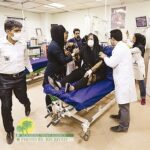
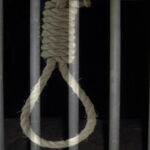
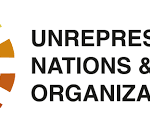





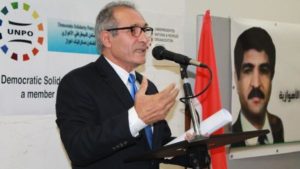
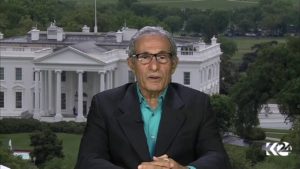
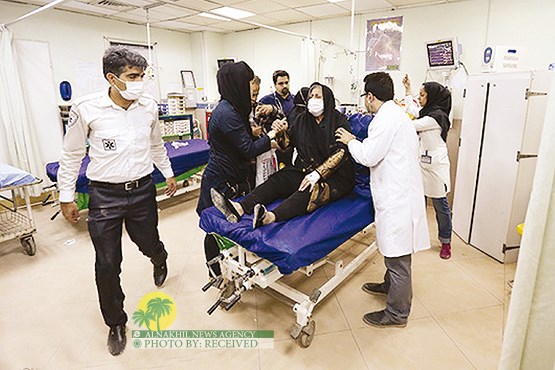





+ There are no comments
Add yours